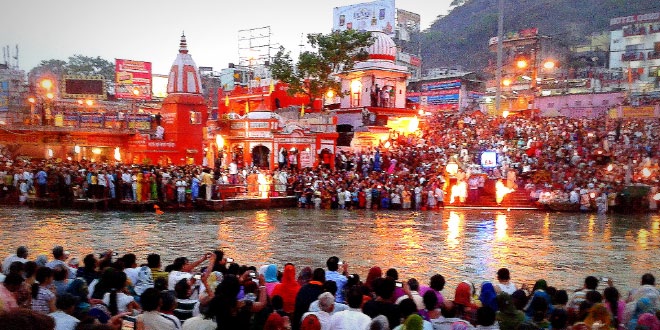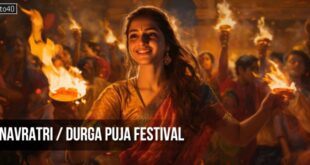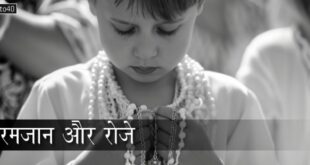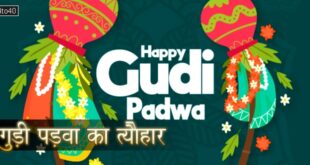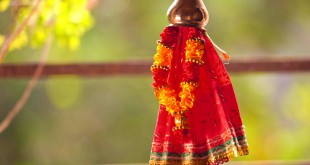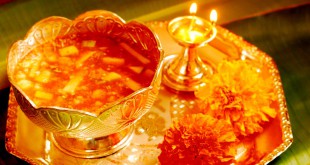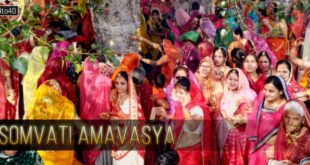Dakshinayana Sankranti: Legends have it that Gods go to sleep during the Dakshinayana period. As the sun enters Karka rashi during Dakshinayana, therefore it is popularly also known by the name of Karkataka Sankranti.
Dakshinayana generally lasts for six months starting June 21st and lasts till the month of January. It ends during Makar Sankranti when the Uttarayana phase begins. In 2022, Karka Sankranti will begin on 16th July. The Punya Kaal Muhurta will last for six hours and forty-nine minutes while the Mahapunya Kaal Muhurta will last for two hours and sixteen minutes.
The festival is held as per North Indian Calendars and the South Indian Panchangams. The festival is celebrated throughout India, though the festivities have a local touch as per the customs prevailing in the state.
Dakshinayana Sankranti Date:
- 2023: 16 July, 2023 [Sunday]
- 2024: 16 July, 2024 [Tuesday]
Some Key Facts of Dakshinayana Sankranti:
The Sun moves into Southern hemisphere during Dakshinayana and the period is considered to be the night-time for Gods. It is usually believed that Lord Vishnu goes to sleep during the Dakshinayana phase. The period is considered auspicious as Pitra make their way to the mother Earth during Dakshinayana. They then wait for their children to perform the ritual of Shradh.
In Hindu mythology Shradh has its own significance as it enables the soul to attain divine peace. Dakshinayana is considered to be the best time to perform Shradh and helps the departed soul becomes oneself with the creator till they attain a new life form.
Dakshinayana Sankranti Rituals:
Chaturmas starting from Sravana to Karthiha Masa falls during Dakshinayana. As the name signifies, Chaturmas is a four month celebration period. Lord Vishnu is worshiped during this period as the months are considered to be auspicious for worship.
Lord Vishnu is especially worshiped during these months and devotees after taking a dip in the river perform the ritual of Pitra Tarpan for their forefathers and other departed souls of their family. As they meditate and chant mantras daily during the ritual period, sattvik or vegetarian food is taken by the devotees.
Lord Vishnu is specially reverted during the festival period and the devotees chant Vishnu Sahsra nama stotram while worshiping Varaha Swamy during the festivities. Varaha Swamy is regarded as the third reincarnation of Lord Vishnu.
Various kinds of charity or Daan are also done during the period. These usually include Anna daan, Taila daan and Vastra daan. The recital of Vishnu Sahasra Nama Sthothram brings peace and prosperity for the devotees during the phase. Worshiping the Sun God brings luck to the devotees during the Dakshinayana phase.
It is generally believed that one day in God’s life equals to a year in a human beings life, and therefore Dakshinayana marks the beginning of night time for the Gods.
An Auspicious Phase:
Dakshinayana is considered to be an auspicious phase for Hindus as many popular festivals occur during this period. Festivals like Naga Chaturthi, Krishnashtami, Ganesh Chaturthi, Vijayadasami and Deepawali occur during this phase only. Nights are usually longer during the Dakshinayana period as Sun moves from Karka rashi to Dhanus during the phase.
 Kids Portal For Parents India Kids Network
Kids Portal For Parents India Kids Network
